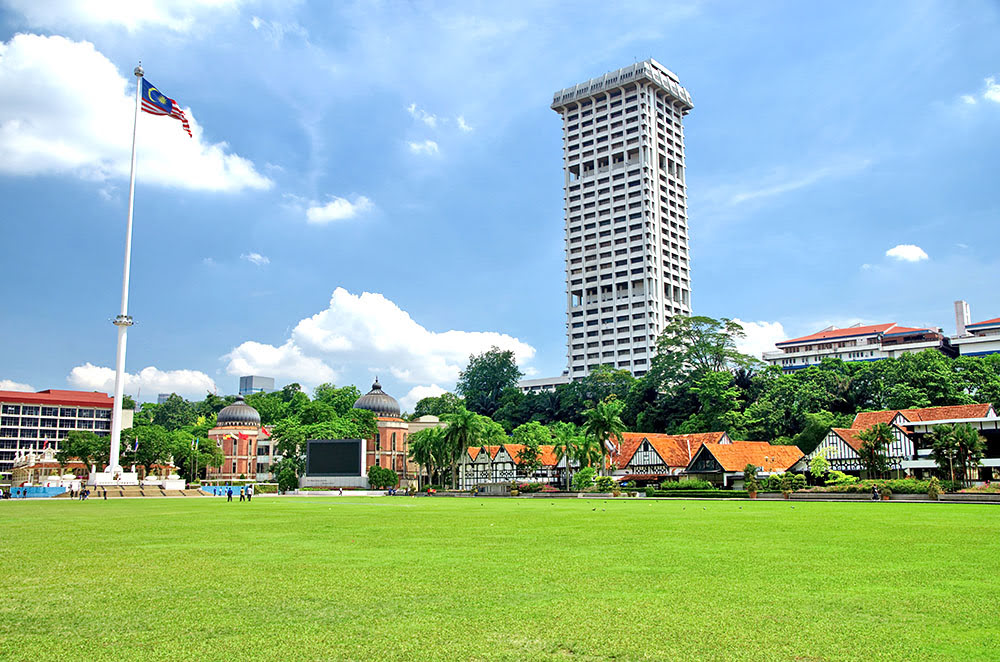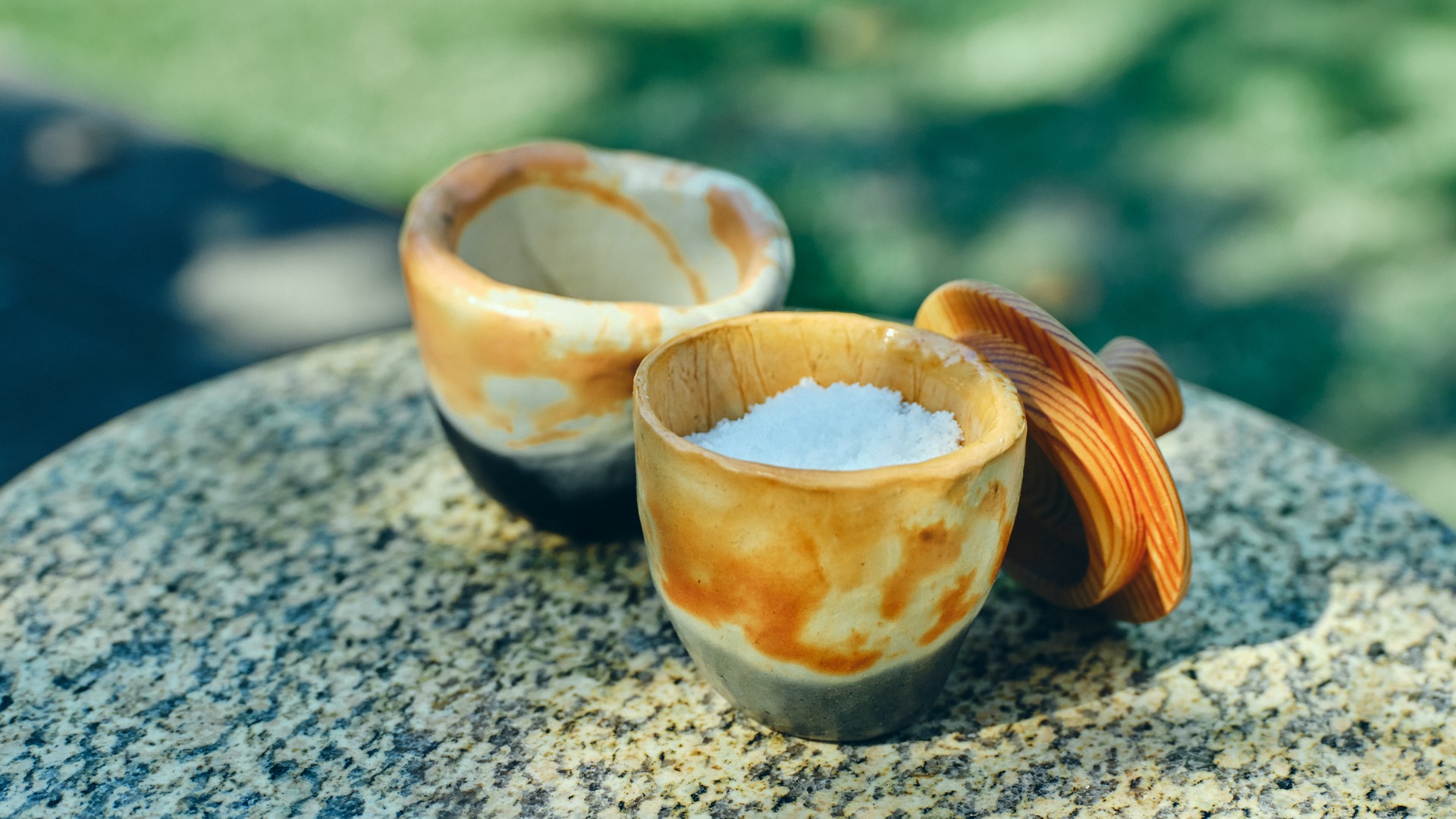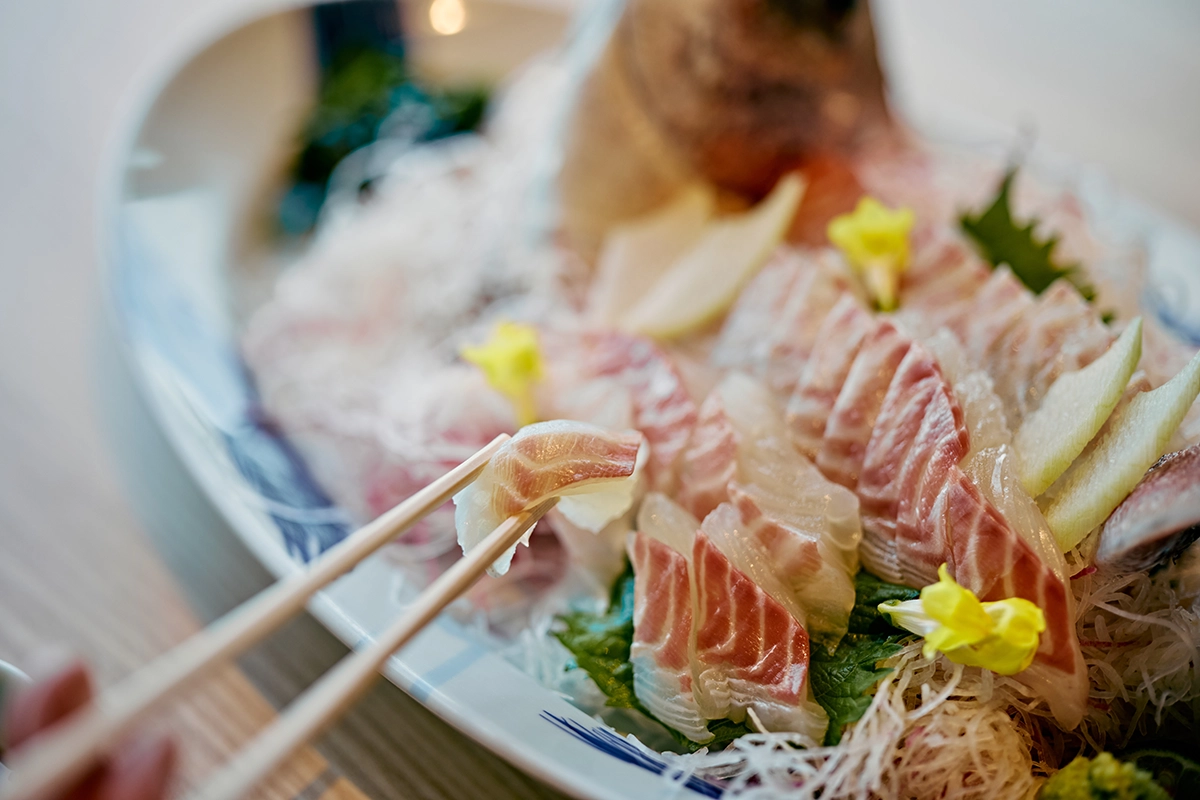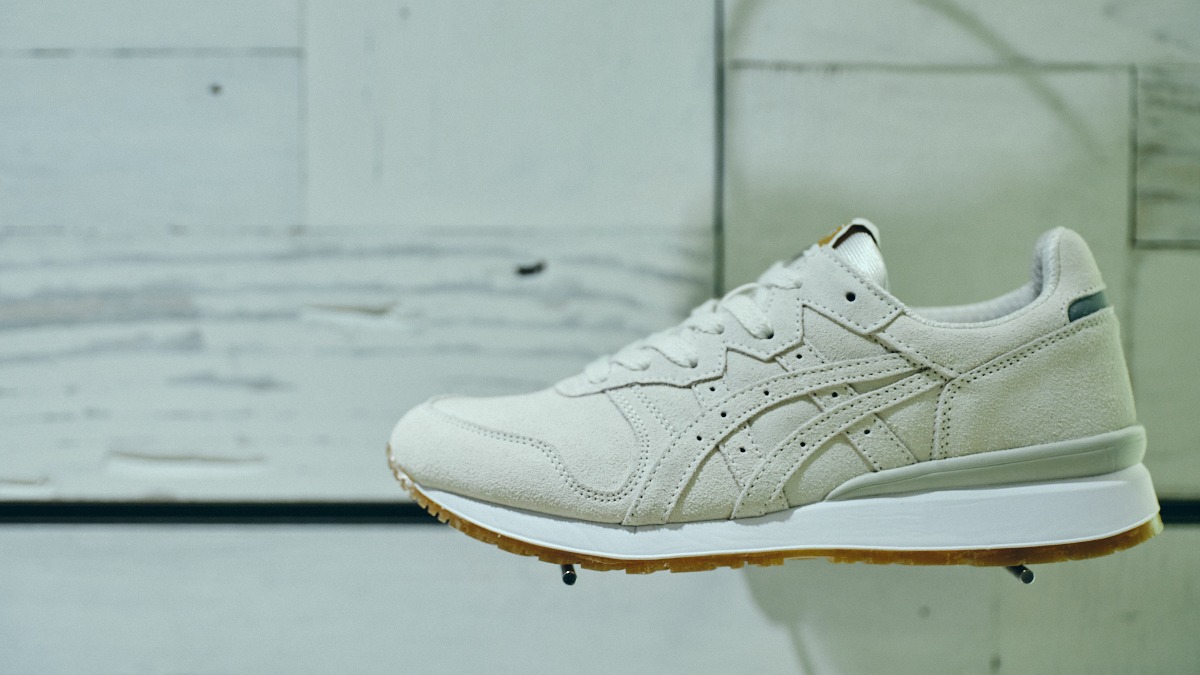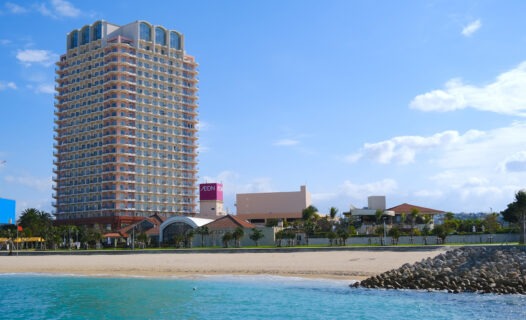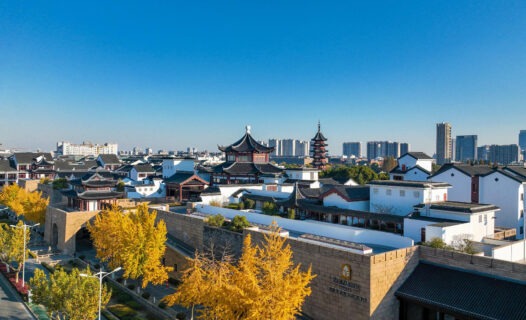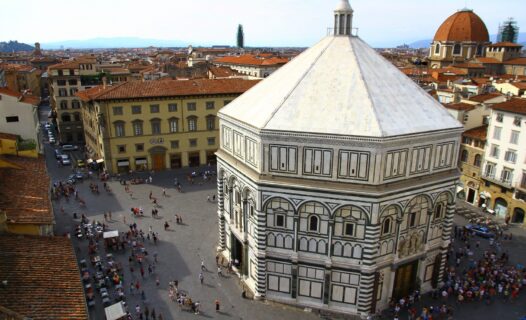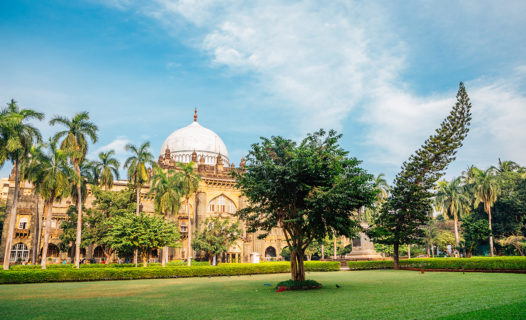Welcome to Kuala Lumpur: A Food Lover’s Paradise
Kuala Lumpur, the heart of Malaysia, is a feast for the senses, especially for those who adore food. The city’s dynamic food scene is a delicious reflection of its multicultural heritage, blending flavors and culinary traditions from Malay, Chinese, Indian, and beyond. Here, street food reigns supreme, offering an authentic taste of Malaysian culture that is both accessible and unforgettable. From sizzling satays to fragrant nasi lemak, the culinary adventures awaiting food enthusiasts are endless.
KL’s Authentic Food Scene: A Culinary Overview
Step into the food culture of Kuala Lumpur, and you’ll find a rich tapestry of flavors that tell the story of its people. Authentic Malaysian cuisine is a delightful fusion of spices, herbs, and cooking techniques, influenced by the diverse ethnic groups that call this vibrant city home. Each dish carries a history, evolving over generations and reflecting the cultural significance of food in Malaysian society.
Food in Malaysia is more than just sustenance; it’s a celebration of life, family, and community. Street food stalls, bustling markets, and hawker centers serve as gathering spots where locals share their culinary heritage. Whether it’s the spicy kick of a bowl of laksa or the comforting sweetness of a traditional kuih, every bite is a connection to the past. This article aims to fill in the gaps left by previous guides, exploring the evolution of local dishes and the stories behind them.
Must-Try Street Food Delights in KL
No visit to Kuala Lumpur is complete without indulging in its iconic street food. Here’s a list of must-try dishes that showcase the best of KL’s culinary offerings:
- Nasi Lemak: Often regarded as Malaysia’s national dish, nasi lemak is a fragrant coconut rice served with sambal, fried crispy anchovies, peanuts, boiled egg, and cucumber. For an authentic experience, head to Savor Famous Food in KL: A Foodie’s Ultimate Guide.
- Char Kway Teow: This stir-fried noodle dish is a favorite among locals. Made with flat rice noodles, prawns, cockles, and bean sprouts, it’s cooked in a hot wok with a dash of soy sauce. Look for vendors at the famous Jalan Alor street food market.
- Roti Canai: A flaky flatbread with Indian roots, roti canai is often served with dhal or curry. It’s a breakfast staple that’s both comforting and delicious. Visit the local mamak stalls for the best versions!
- Satay: Skewered and grilled meat served with a peanut sauce, satay is a popular snack or appetizer. The aroma of grilling satay wafts through the air at hawker centers, making it hard to resist. Try the satay at the Hussain’s Satay stall in Kampung Baru.
These dishes are just a glimpse of the culinary delights awaiting you in KL. Each dish has its own story and flavor profile, making them essential stops on your food adventure!
Exploring KL’s Famous Hawker Centers
Hawker centers are the beating heart of Kuala Lumpur’s food scene. These vibrant food markets offer a plethora of choices, from traditional dishes to modern twists. Expect a lively atmosphere filled with the sounds of sizzling woks and the chatter of food lovers eagerly lining up for their favorites.
Some of the most popular hawker centers include:
- Jalan Alor: Known as KL’s food street, Jalan Alor comes alive at night with an array of stalls serving everything from grilled seafood to desserts. It’s a great place to sample multiple dishes in one go!
- Petaling Street: Located in Chinatown, this bustling market is famous for its variety of street food. Don’t miss the mouth-watering wanton noodles and the iconic mango sticky rice.
- Imbi Market: A local favorite, Imbi Market offers a mix of Chinese and Malay delicacies. Try the pork noodles and the delicious curry laksa here.
For first-time visitors, ordering can seem a bit daunting. Don’t worry! Most stalls have pictures of their dishes, making it easy to choose. Payment is typically made in cash, so be sure to have some ringgit handy. Peak hours can get busy, especially during lunch and dinner, so plan accordingly to avoid the crowds!
A Day-by-Day Foodie Itinerary in KL
For those looking to maximize their culinary experience, here’s a suggested itinerary that combines street food and local restaurants over a few days:
Day 1: Street Food Extravaganza
Start your day with a hearty breakfast of roti canai and teh tarik at a local mamak stall. Spend the afternoon exploring the vibrant stalls at Jalan Alor, sampling various dishes like char kway teow and satay. End your day at Petaling Street, where you can enjoy a late-night snack of wanton noodles.
Day 2: Cultural Culinary Experience
Visit a hawker center for lunch and try the famous nasi lemak. Spend your afternoon at a cooking class where you can learn to make traditional Malaysian dishes. For dinner, head to a fine dining restaurant that specializes in authentic Malaysian cuisine.
Day 3: Market and More
Start your day at Imbi Market, indulging in local breakfast favorites. Spend the day visiting local food markets, where you can shop for fresh produce and snacks. In the evening, explore the food stalls at a night market, tasting various street foods and desserts.
This itinerary is just a starting point, and the beauty of KL’s food scene is that there’s always something new to discover!
Cultural Significance of Malaysian Street Eats
Food in Malaysia is steeped in tradition, with each dish telling a story that connects to the country’s rich cultural heritage. The history of Malaysian street food dates back centuries, influenced by the various ethnic groups that have settled in the region. From the spicy curries of the Indian community to the savory noodles brought by Chinese immigrants, every bite reflects a blend of flavors and cooking techniques.
Take, for instance, nasi lemak. Beyond being a delicious meal, it’s often served during celebrations and gatherings, symbolizing unity and hospitality. Similarly, roti canai has its roots in Indian culture, but it has been embraced by Malaysians as a breakfast staple, often enjoyed with a side of dhal or curry. These dishes are more than just food; they are a testament to the cultural exchanges that have shaped Malaysian society.
As you wander through the streets of Kuala Lumpur, take a moment to appreciate the stories behind the dishes you try. Each vendor has their unique take on traditional recipes, often passed down through generations. This culinary heritage not only nourishes the body but also nourishes the soul, connecting people through shared experiences and flavors.
Festivals and Events Celebrating KL’s Culinary Heritage
Kuala Lumpur’s food scene comes alive during various festivals and events throughout the year, showcasing the city’s culinary diversity. One of the most notable is the Kuala Lumpur Street Food Festival, where food lovers can sample a wide array of street foods from different cultures. This festival is a feast for the senses, featuring everything from spicy sambal to sweet desserts.
Another exciting event is the Ramadan Bazaar, held during the holy month of Ramadan. These bustling markets offer a unique opportunity to experience traditional Malay dishes, including ayam percik (grilled chicken with spicy coconut sauce) and kuih (colorful bite-sized snacks). The atmosphere is electric, with families gathering to break their fast together, creating a sense of community and celebration.
For those planning a trip, check the local event calendar to catch these culinary festivities. They not only provide a chance to savor delicious food but also to engage with the local culture and traditions.
Practical Tips for Food Lovers Exploring KL
Ready to dive into Kuala Lumpur’s street food scene? Here are some handy tips to make your culinary adventure smooth and enjoyable:
- Stay Hydrated: With the tropical climate, it’s essential to drink plenty of water. Opt for bottled water, especially from reputable brands, to stay safe.
- Mind Your Hygiene: Look for stalls with a good turnover of customers, as this often indicates freshness. Don’t hesitate to ask vendors about their food preparation practices.
- Be Adventurous: Don’t shy away from trying something new! Some of the best experiences come from stepping out of your comfort zone and sampling lesser-known dishes.
- Learn Some Local Lingo: A few basic Malay phrases can go a long way. Words like terima kasih (thank you) and satu (one) can enhance your interactions with vendors.
- Timing is Key: Visit hawker centers during off-peak hours to avoid long lines and enjoy a more relaxed dining experience.
By keeping these tips in mind, you’ll be well-prepared to savor the vibrant flavors of Kuala Lumpur while enjoying the local culture!
Sustainable Eating: Eco-Friendly Practices in KL’s Food Scene
As the world becomes more conscious of sustainability, Kuala Lumpur’s food scene is also stepping up to the plate. Many street food vendors are adopting eco-friendly practices, from using biodegradable packaging to sourcing ingredients locally. This not only supports the environment but also enhances the quality of the food.
When exploring the local markets, look for vendors who prioritize sustainability. This could be as simple as choosing stalls that minimize plastic use or those that offer organic produce. Supporting these vendors not only benefits the planet but also contributes to the local economy.
As a foodie, you have the power to make choices that align with your values. By opting for sustainable dining options, you can enjoy delicious meals while making a positive impact on the community and environment.
The Best Local Delicacies to Savor in KL
While Kuala Lumpur is known for its street food, there are some local delicacies that you absolutely cannot miss. Here’s a selection of unique treats that define the city’s food identity:
- Hokkien Mee: This thick, dark noodle dish is stir-fried with prawns, pork, and a rich soy sauce, creating a savory and satisfying meal. Head to Hokkien Mee Jalan 223 for a popular local spot.
- Chili Pan Mee: A must-try for spice lovers, this dish features flat noodles topped with a spicy chili paste, fried egg, and a side of broth. Visit Kin Kin Pan Mee for an unforgettable experience.
- Teochew Porridge: A comforting dish often enjoyed for breakfast or dinner, this rice porridge is served with a variety of side dishes, from salted fish to pickled vegetables. Check out Teochew Porridge at Jalan Gasing for authentic flavors.
- Apam Balik: This sweet pancake is filled with a mixture of crushed peanuts, sugar, and corn. It’s a delightful snack that you can find at many street stalls.
These local delicacies are just a taste of what Kuala Lumpur has to offer. Each dish has its own unique flavor profile and story, making them essential stops on your culinary journey!
Outdoor Markets and Shopping for Food Lovers
If you’re a food lover, Kuala Lumpur’s outdoor markets are a treasure trove of culinary delights. These markets are not just places to shop; they are vibrant hubs of activity where you can experience local life and taste fresh produce. Here are some must-visit markets:
- Chow Kit Market: This is one of the largest wet markets in KL, offering everything from fresh fruits and vegetables to local snacks. Don’t miss the chance to sample some freshly squeezed juice!
- Central Market: A cultural landmark, this market features a variety of food stalls serving traditional Malaysian dishes. It’s also a great place to pick up souvenirs and handicrafts.
- Pasar Malam (Night Markets): These pop-up markets come alive in the evenings, offering a range of street food and local delicacies. Each night market has its own unique offerings, so explore different ones for a variety of tastes.
Visiting these markets is a fantastic way to immerse yourself in the local food culture. You’ll not only get to taste delicious food but also meet friendly vendors who are eager to share their culinary stories.
Transportation Tips for Food Adventures in KL
Getting around Kuala Lumpur to explore its food scene is a breeze, thanks to the city’s efficient transportation options. Here are some tips to help you navigate:
- Public Transport: The Light Rail Transit (LRT) and Mass Rapid Transit (MRT) systems are convenient ways to travel around the city. They connect you to major food hotspots, making it easy to hop from one culinary destination to another.
- Grab and Ride-Sharing: Using ride-sharing apps like Grab is popular among locals and tourists alike. It’s a hassle-free way to get to specific food stalls or restaurants without worrying about parking.
- Biking: For the adventurous, consider renting a bike to explore the city at your own pace. Some areas, like Bukit Bintang, are bike-friendly and offer a unique perspective of the local scene.
No matter your preferred mode of transportation, you’ll find that getting to Kuala Lumpur’s best food spots is easy and enjoyable!
Seasonal Travel Insights for Food Lovers
Timing your visit can enhance your culinary experience in Kuala Lumpur. Different seasons bring unique food-related events and dishes to the forefront. For instance, the month of Ramadan is a fantastic time to explore the bustling bazaars, where you can savor traditional dishes that are often only available during this period.
Additionally, the rainy season (usually from May to September) is perfect for enjoying comforting hot soups and stews. Look out for special seasonal dishes that vendors might offer, reflecting the ingredients available at that time.
To make the most of your trip, check local food calendars and plan around festivals or special events that highlight the culinary diversity of Kuala Lumpur.
Commonly Asked Questions About KL’s Street Food
Curious about street food in Kuala Lumpur? Here are some frequently asked questions that might help you on your culinary adventure:
- Is street food in Kuala Lumpur safe to eat? Yes! Most street food vendors take pride in their hygiene practices, but it’s always good to choose busy stalls with a high turnover of food.
- What are the best times to visit street food stalls? Evening is often the best time to experience the vibrant street food scene, especially in areas like Jalan Alor.
- What are some must-try dishes? Don’t miss out on nasi lemak, char kway teow, and satay, among others. Each dish offers a unique taste of Malaysian culture!
These insights can help ease any concerns and enhance your street food experience in KL!
Fun Facts About Kuala Lumpur’s Food Scene
Did you know that Kuala Lumpur is home to one of the largest street food scenes in Southeast Asia? Here are some fun facts that will make you appreciate the city’s culinary landscape even more:
- The city hosts a variety of food festivals throughout the year, showcasing dishes from different cultures and regions.
- Street food in KL is often as good as, if not better than, fine dining. Many chefs started their careers at street stalls before moving to restaurants!
- Some street food vendors have been operating for generations, with recipes passed down through families, ensuring authenticity and tradition.
These quirky facts highlight the rich food culture that makes Kuala Lumpur a must-visit destination for food enthusiasts!
Culinary Deep Dive: Drinks and Desserts of Malaysia
No culinary adventure is complete without indulging in local beverages and desserts! In Kuala Lumpur, you’ll find a delightful array of drinks that perfectly complement the street food experience. Don’t miss out on:
- Teh Tarik: This frothy milk tea is a favorite among locals, known for its rich flavor and unique preparation method. Watch as the vendor pours the tea from one cup to another, creating a frothy top!
- Bandung: A refreshing drink made from rose syrup and milk, Bandung is perfect for cooling down on a hot day. It’s sweet and fragrant, making it a popular choice.
- Cendol: This popular dessert features green rice flour jelly, coconut milk, and palm sugar syrup, served over shaved ice. It’s a delightful way to end your meal!
These drinks and desserts are not just treats; they’re an integral part of the Malaysian culinary experience, adding sweetness to your food journey in KL.
As you explore the vibrant streets of Kuala Lumpur, let the flavors guide you. Each dish tells a story, and every bite is an invitation to connect with the rich culture of Malaysia. So grab your fork, embrace the culinary adventure, and get ready to savor the best of KL’s food scene!

